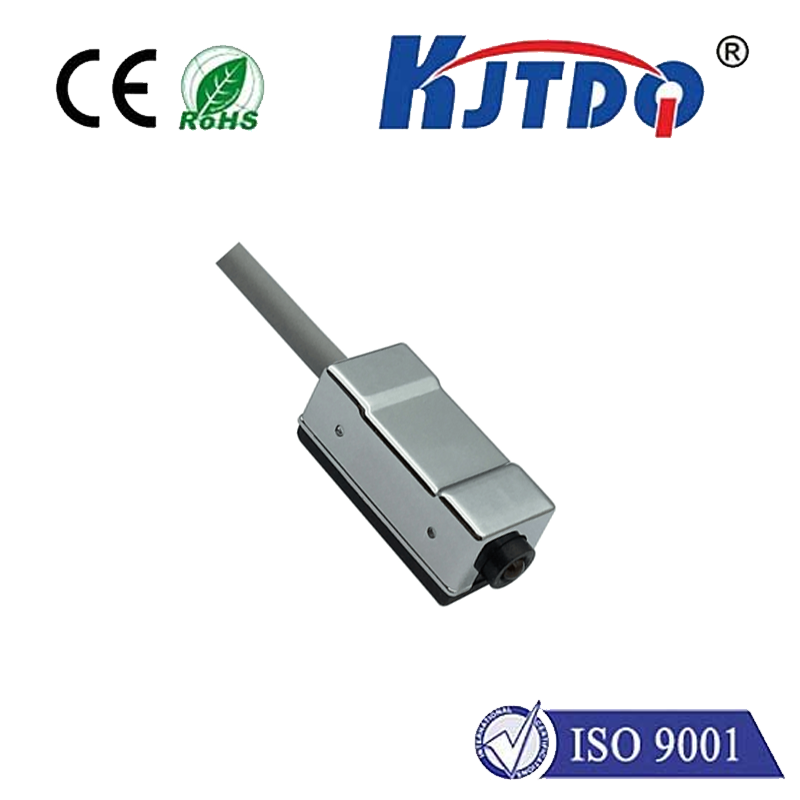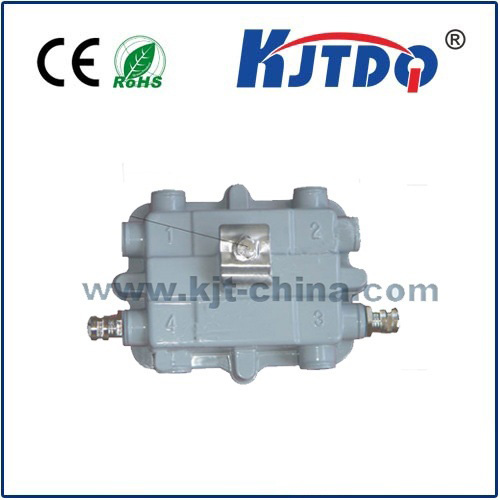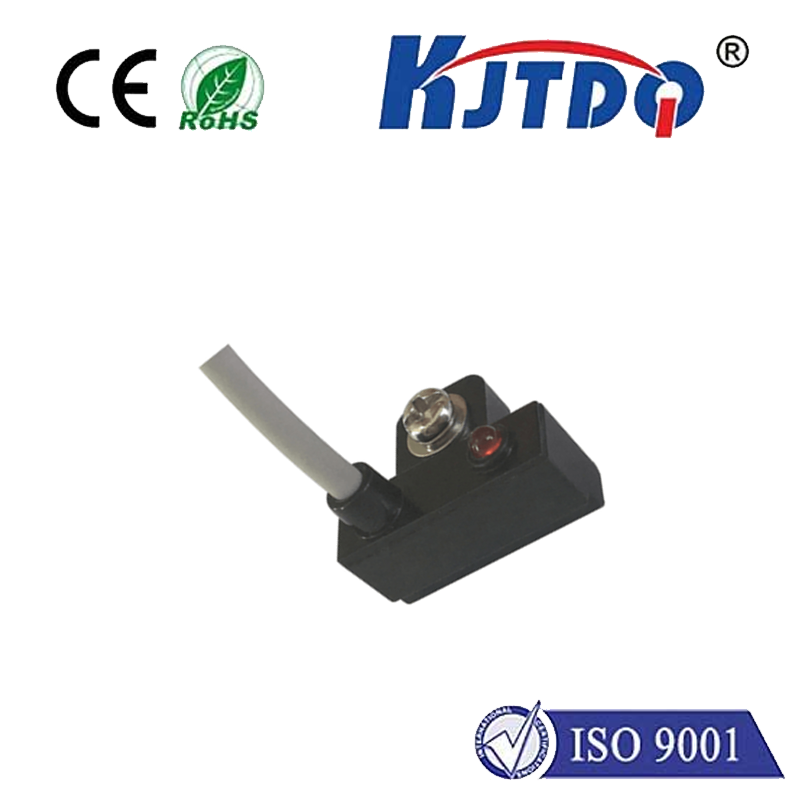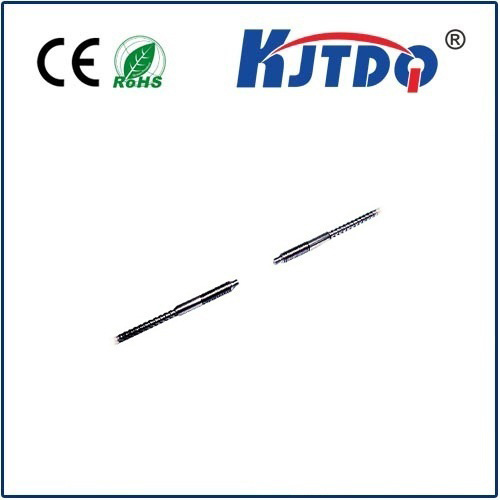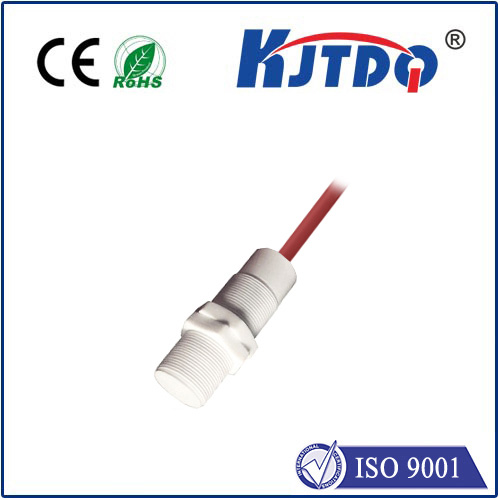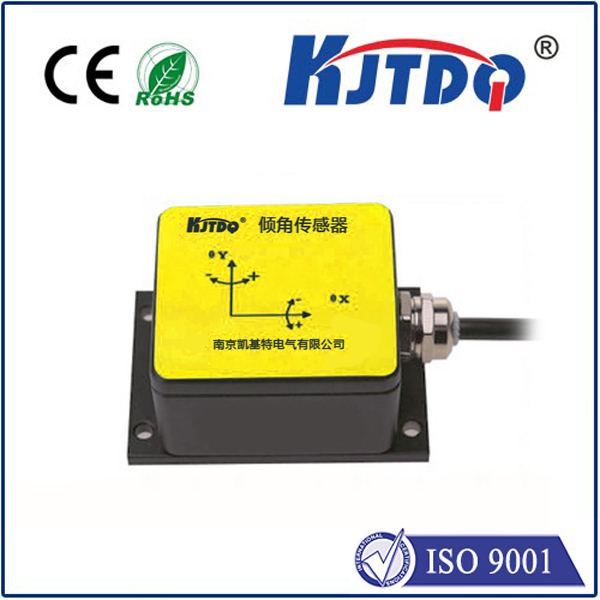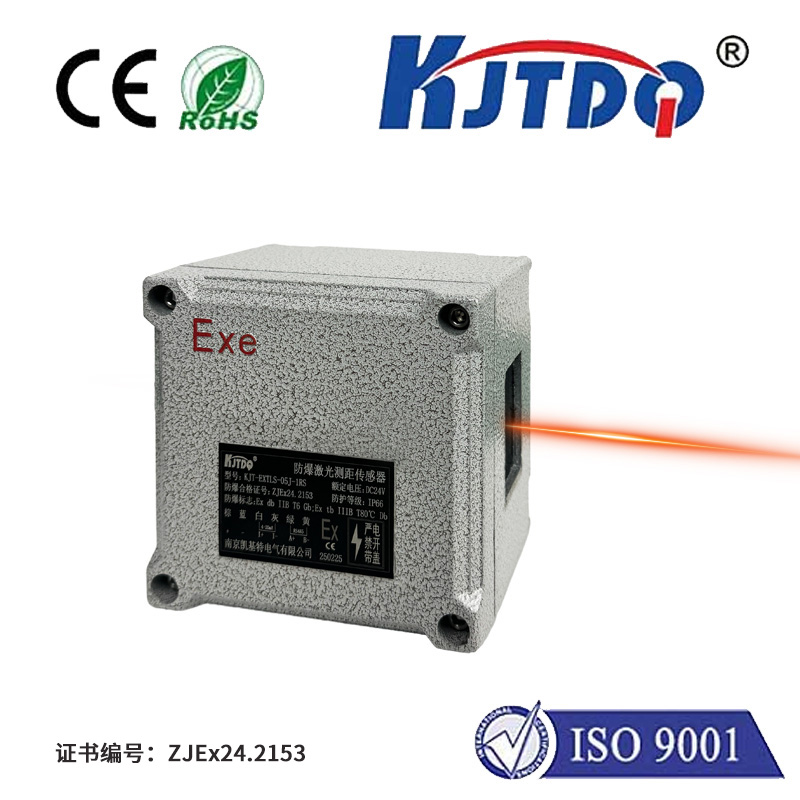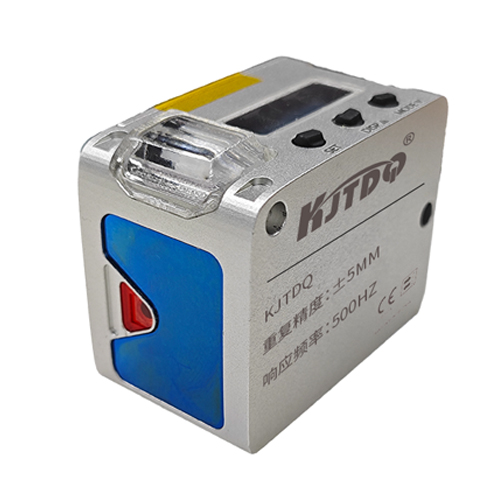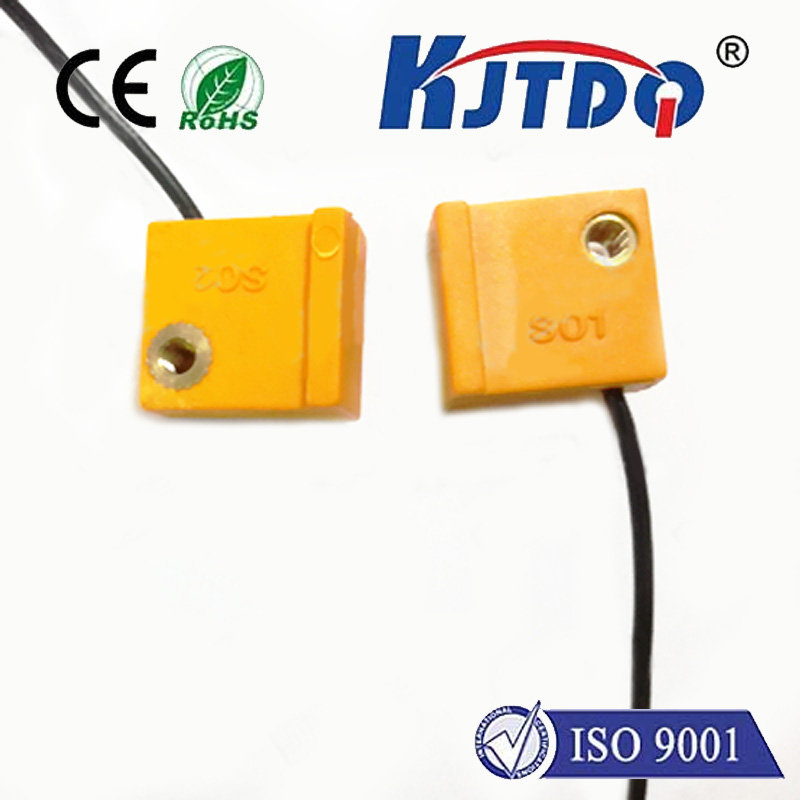fungsi photoelectric sensor
- time:2025-07-25 01:06:17
- Click:0
Photoelectric Sensor Function: How Light Powers Precise Automation Detection
Imagine a factory conveyor belt humming along, seamlessly carrying thousands of items. Suddenly, a sensor detects an empty bottle position, triggering the filling nozzle precisely. Elsewhere, a garage door safely reverses direction the millisecond a child runs underneath. This invisible, reliable detection magic? It’s often the work of photoelectric sensors, masters of harnessing light for critical control functions. Understanding the core fungsi photoelectric sensor – their fundamental purpose and operation – is key to unlocking their vast potential in automation and safety.
At its heart, the photoelectric sensor function is elegantly simple: to detect the presence, absence, or distance of an object using light. Unlike mechanical switches requiring physical contact, photoelectric sensors operate non-invasively, projecting a light beam (emitter) towards a receiver. The fundamental principle governing their operating principle is straightforward: a change in the received light signal indicates an object’s interaction with the beam.

This interaction happens in several distinct ways, leading to different types of photoelectric sensors, each optimized for specific applications:
- Through-Beam (Opposed Mode):
- Function: The emitter and receiver are housed in separate units, positioned directly opposite each other.
- Detection: An object is detected when it physically breaks the light beam traveling from the emitter to the receiver.
- Advantages: Longest sensing ranges, high reliability, unaffected by object color, surface texture, or reflectivity. Excellent for precise positioning and counting objects on high-speed lines.
- Disadvantage: Requires precise alignment of two separate units and wiring for both.
- Retroreflective:
- Function: The emitter and receiver are integrated into a single housing. A specialized retroreflector (like a special mirror or prismatic tape) is mounted opposite the sensor.
- Detection: The sensor emits light towards the reflector. An object is detected when it interrupts the light beam reflected back to the receiver.
- Advantages: Easier installation and alignment than through-beam (only need to point sensor at reflector), longer range than diffuse models. Good for detecting opaque objects reliably. Some models feature polarization filters to ignore shiny non-reflector objects.
- Disadvantage: Performance can be affected by highly reflective objects, requires mounting the reflector.
- Diffuse (Proximity Mode):
- Function: Emitter and receiver are in a single unit. The sensor detects light reflected directly off the target object itself.
- Detection: The presence of an object within the sensing range causes sufficient diffusely reflected light to reach the receiver. Distance depends on object size, color, and surface reflectivity.
- Advantages: Simplest installation – no separate reflector or opposing unit needed. Ideal for detecting objects at close range and where space is limited. Widely used for object presence/absence.
- Disadvantages: Shortest sensing range compared to other modes. Performance significantly influenced by object color (dark absorbs light) and surface texture. Sensor setting (threshold adjustment) is often required.
Fungsi photoelectric sensor isn’t just about “seeing” an object; it’s about triggering vital actions within intricate control systems. They are truly the workhorses of industrial automation, performing critical tasks:
- Object Detection & Presence/Absence: Confirming parts are present on an assembly line, bottles are upright before filling, or boxes are sealed. This is arguably their most fundamental fungsi.
- Precise Counting: Accurately tallying objects passing a point on a conveyor, essential for inventory and batch control.
- Position Verification: Ensuring robotic arms pick parts from the correct location or verifying labels are applied accurately.
- Level Control: Detecting the fill level of solid materials in bins or liquids in tanks (non-contact level sensing).
- Web Break Detection: Sensing if a continuous material (plastic film, paper, textile) snaps or tears during processing.
- Safety Light Curtains: Creating an invisible protective barrier around hazardous machinery (machine safety), instantly stopping operation if the beam is interrupted by a person.
- Dimensioning & Height Discrimination: Differentiating between objects of varying heights using specific beam patterns.
- Contrast/Color Mark Detection: Identifying registration marks, labels, or color changes on moving materials.
Choosing the right photoelectric sensor for a specific fungsi involves careful consideration of several factors:
- Sensing Range: How far away does the object need to be reliably detected?
- Detection Mode: Which principle (Through-Beam, Retroreflective, Diffuse) best suits the application, object characteristics, and mounting constraints?
- Object Properties: Size, shape, color, material (opaque, transparent, translucent), and surface finish (shiny, matte) dramatically impact sensor choice, especially for diffuse models.
- Environmental Conditions: Exposure to dust, moisture, chemicals, vibration, or extreme temperatures demands sensors rated appropriately (IP ratings). Ambient light conditions also matter.
- Output Type: Does the control system require a simple digital signal (PNP/NPN transistor), analog voltage/current output for distance, or a specific communication protocol?
- Required Precision: The tolerance needed for positioning or detection defines sensor precision and response time requirements.
The inherent advantages driving the widespread adoption of photoelectric sensors stem directly from their core fungsi:
- Non-Contact Operation: Eliminates mechanical wear and tear, extends sensor life dramatically, and avoids damaging delicate objects. This is a major benefit over mechanical limit switches.
- High Precision & Speed: Capable of detecting very small objects and triggering responses at incredibly fast speeds (microseconds), crucial for modern high-throughput automation.
- Versatility: Available in myriad sizes, sensing ranges, and housing designs (including miniature sensors for tight spaces and rugged designs for harsh industrial environments), suitable for diverse applications.
- Reliability: When correctly selected and applied, photoelectric sensors offer exceptionally stable and consistent performance, minimizing downtime.
- Capability with Diverse Materials: They can effectively detect objects that might challenge other sensor types, including glass, plastic, wood, and metal.
In essence, the fungsi photoelectric sensor – its fundamental purpose – is to convert the interaction of light with the physical world into a reliable electrical signal. This simple yet ingenious function enables precise, fast, and non-contact detection and measurement, forming an indispensable cornerstone of modern automation, manufacturing efficiency, and safety systems. From ensuring your morning beverage is perfectly filled to safeguarding workers near heavy machinery, photoelectric sensors silently execute their critical fungsi millions of times every day, powered by the reliable beam of light.






